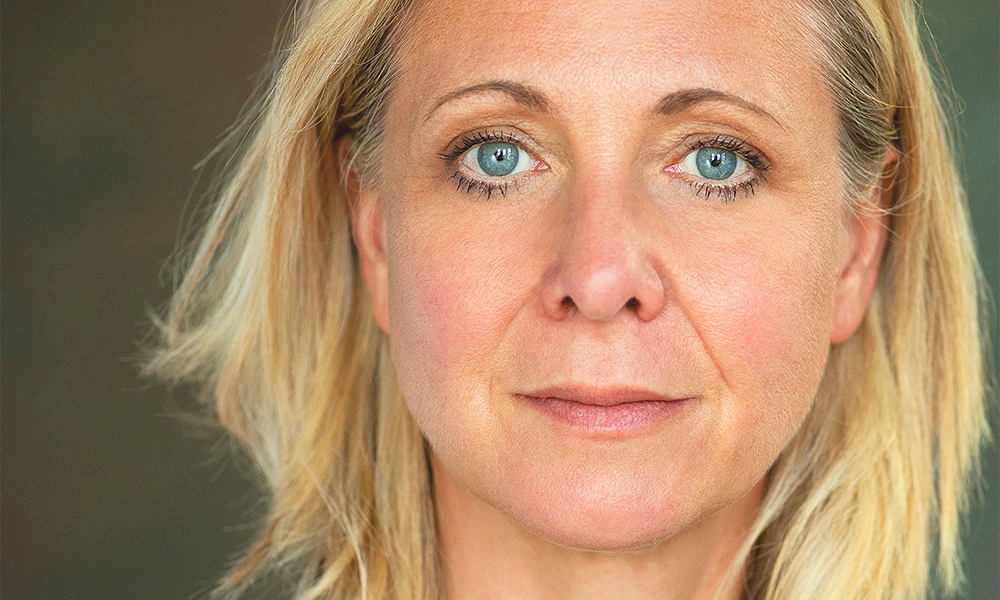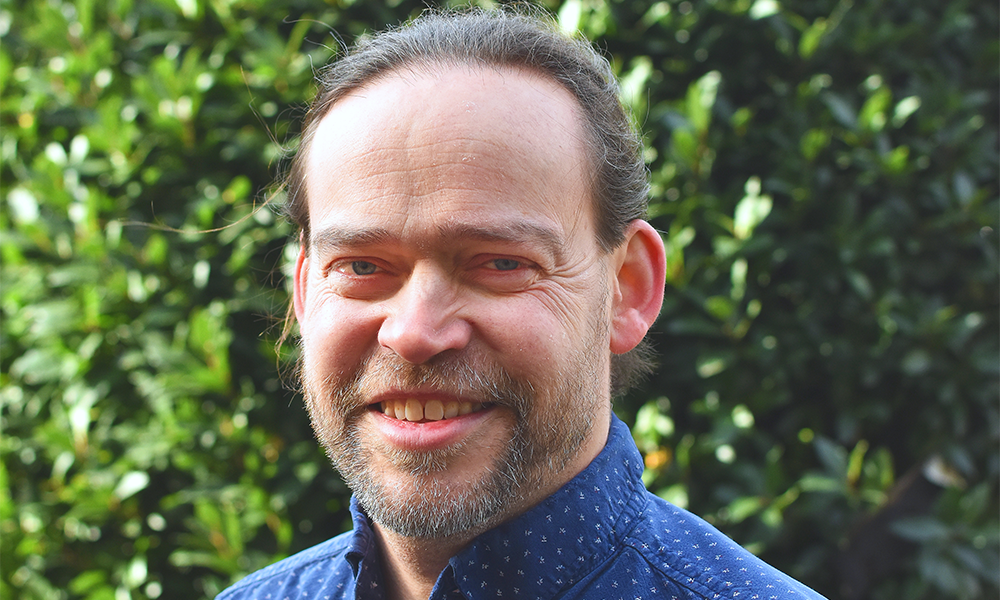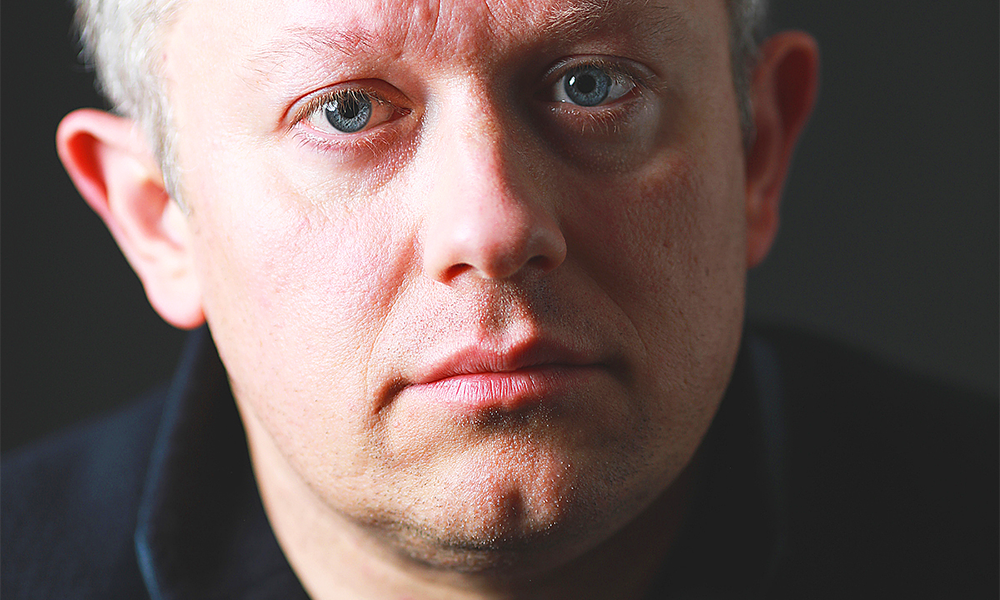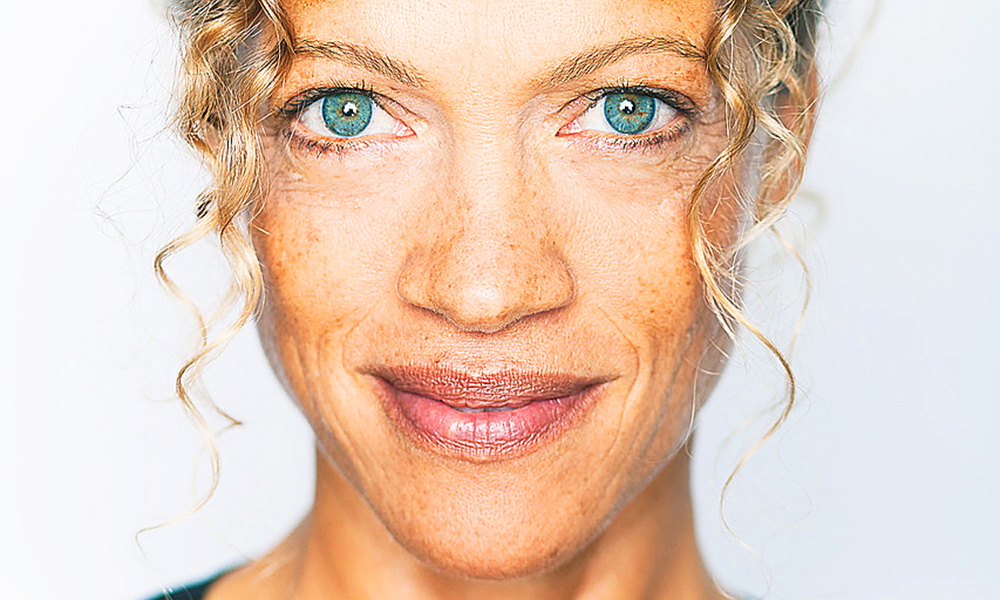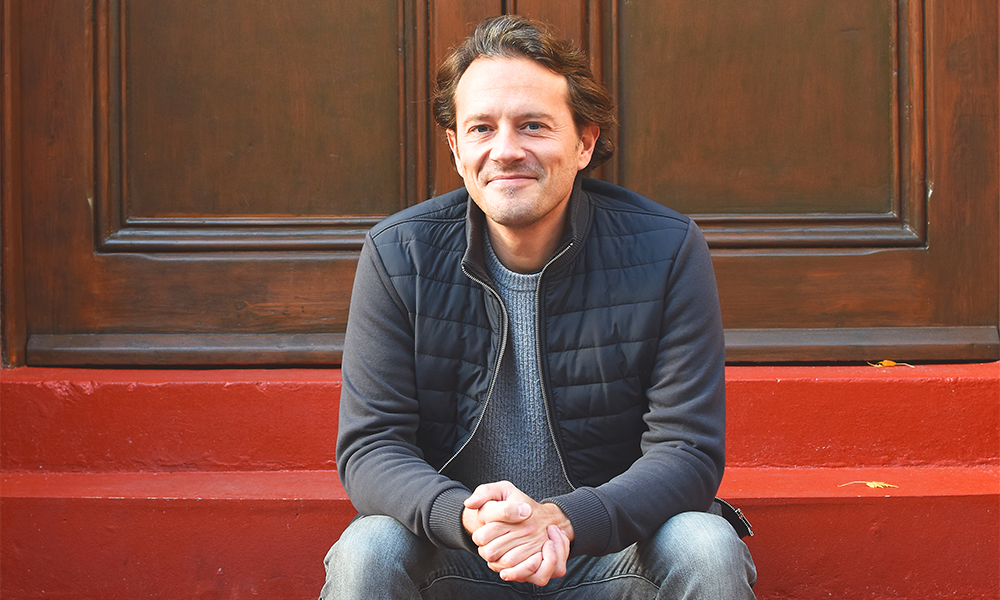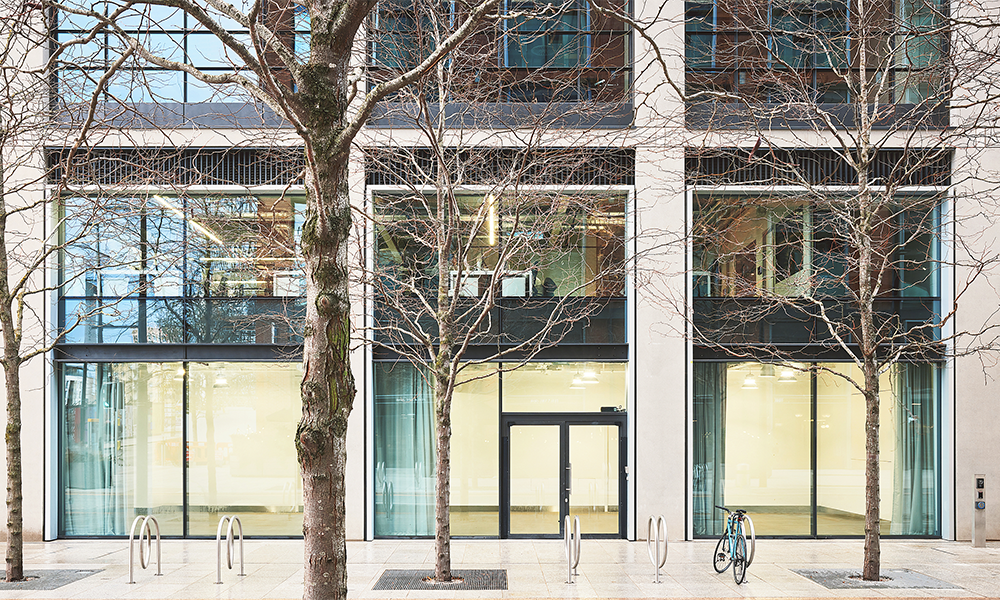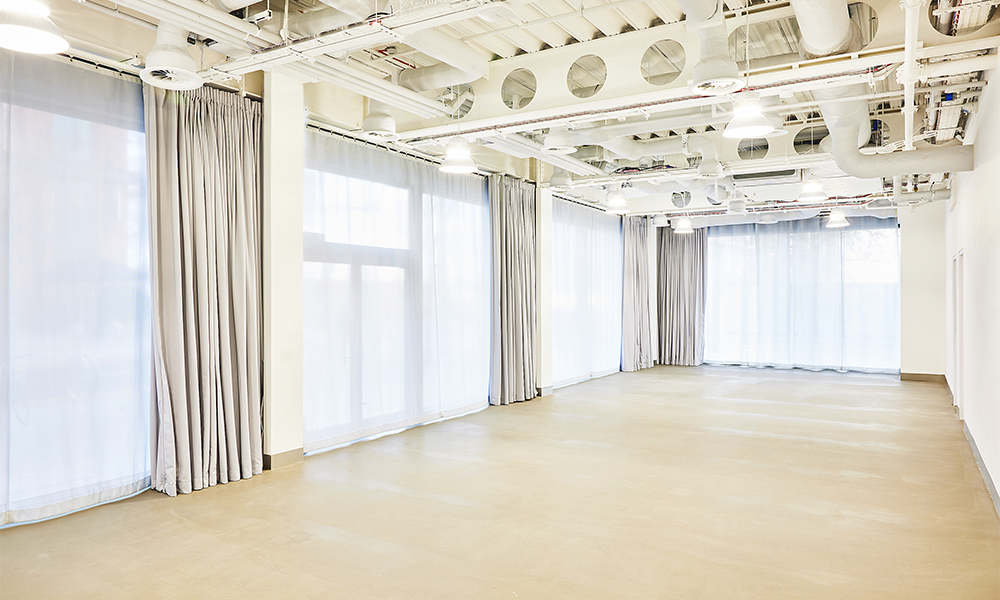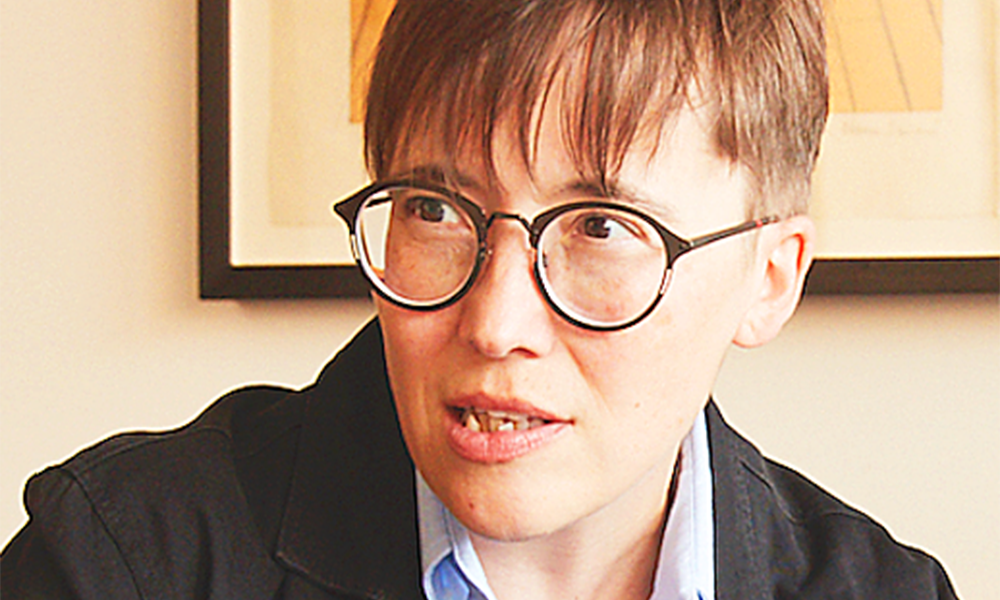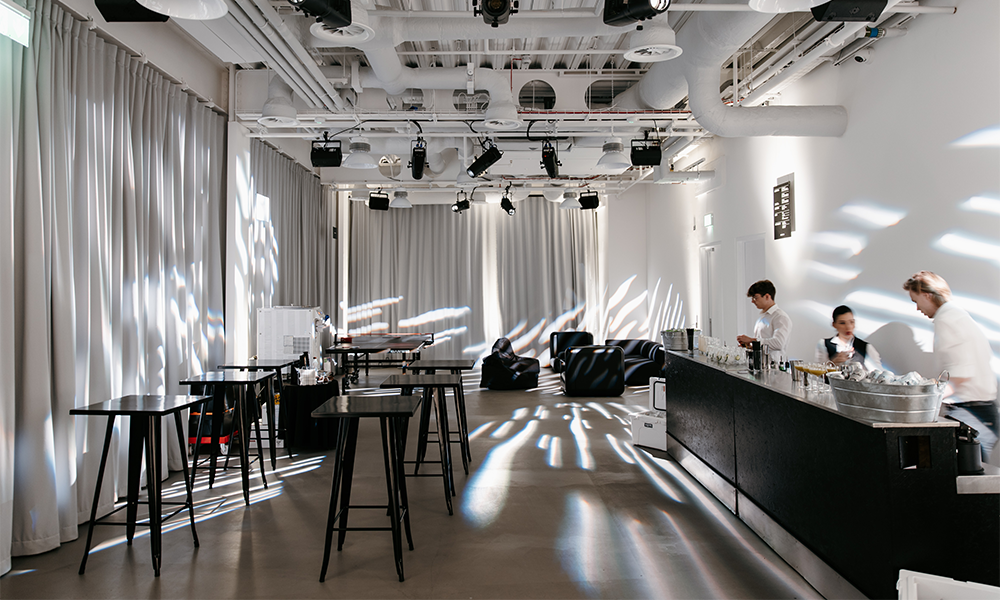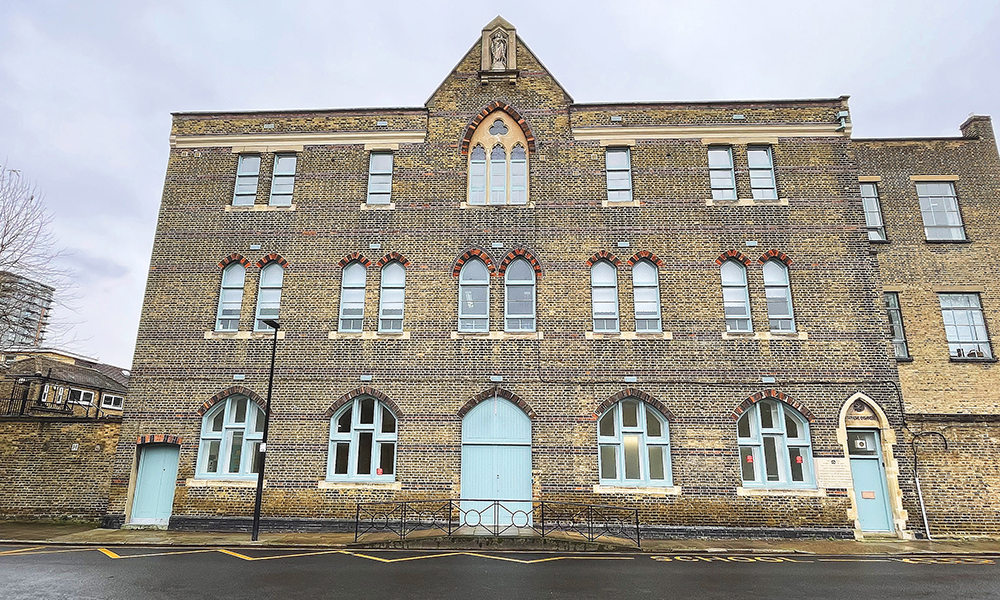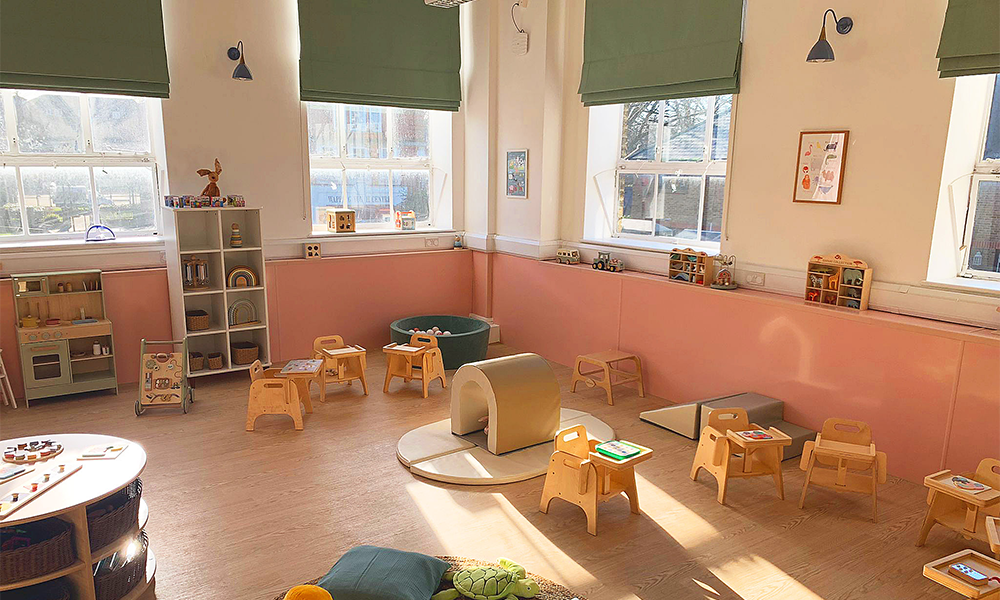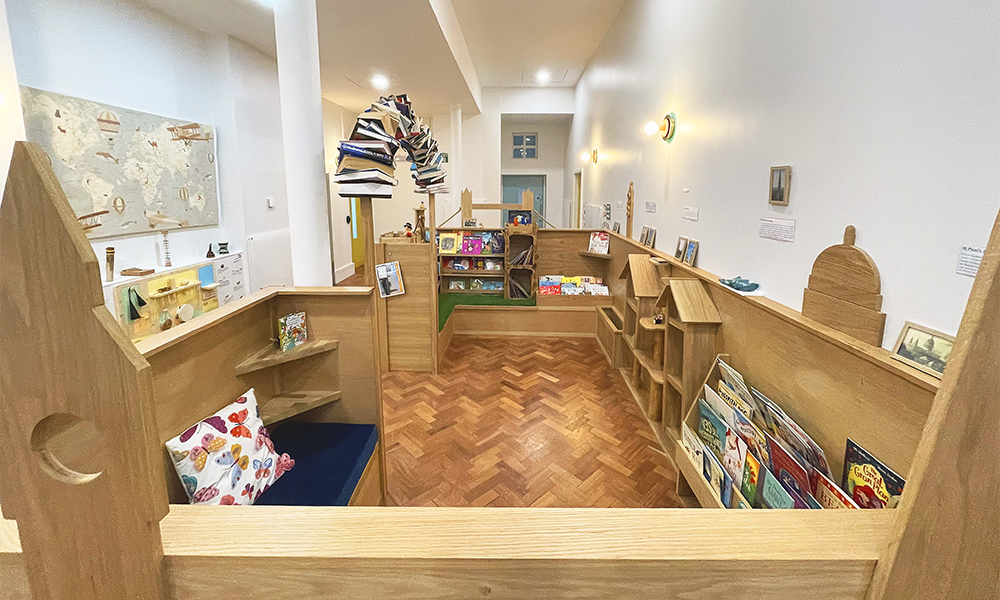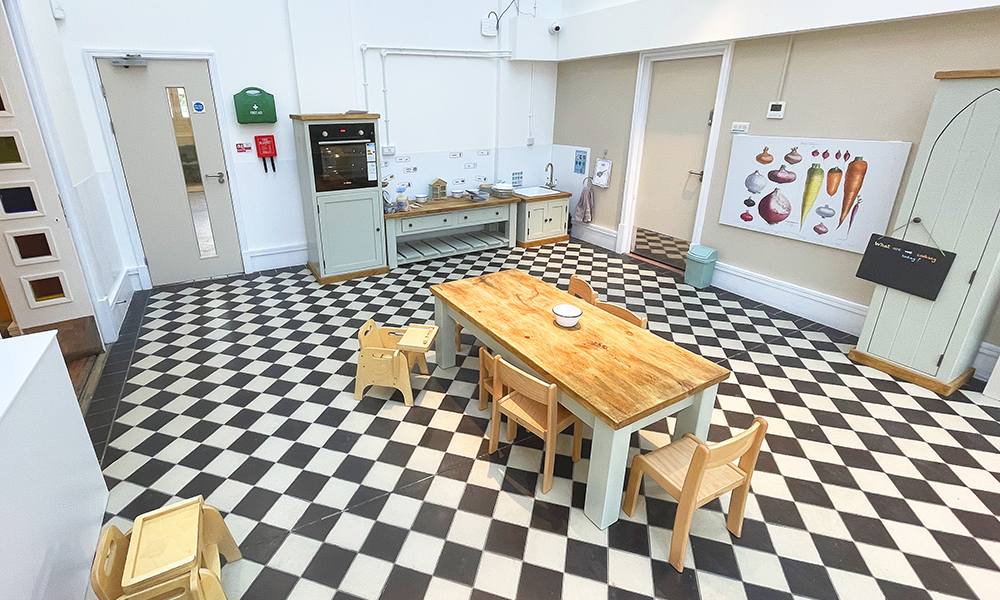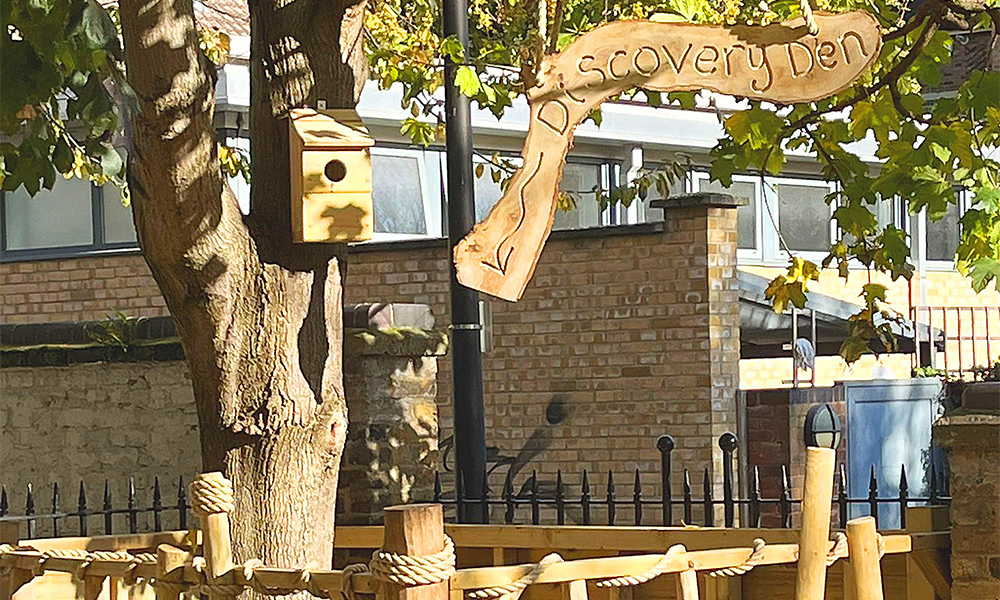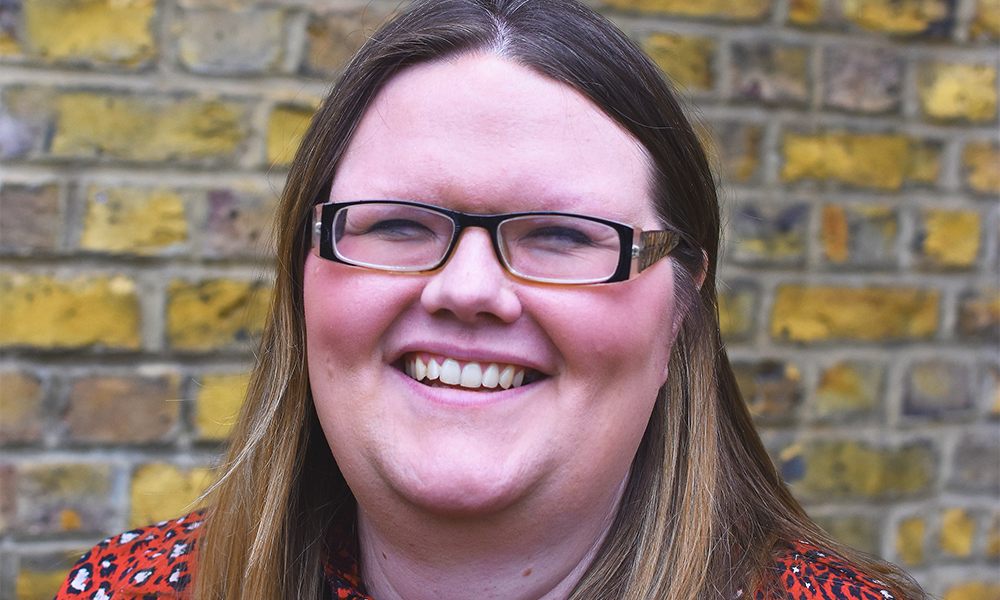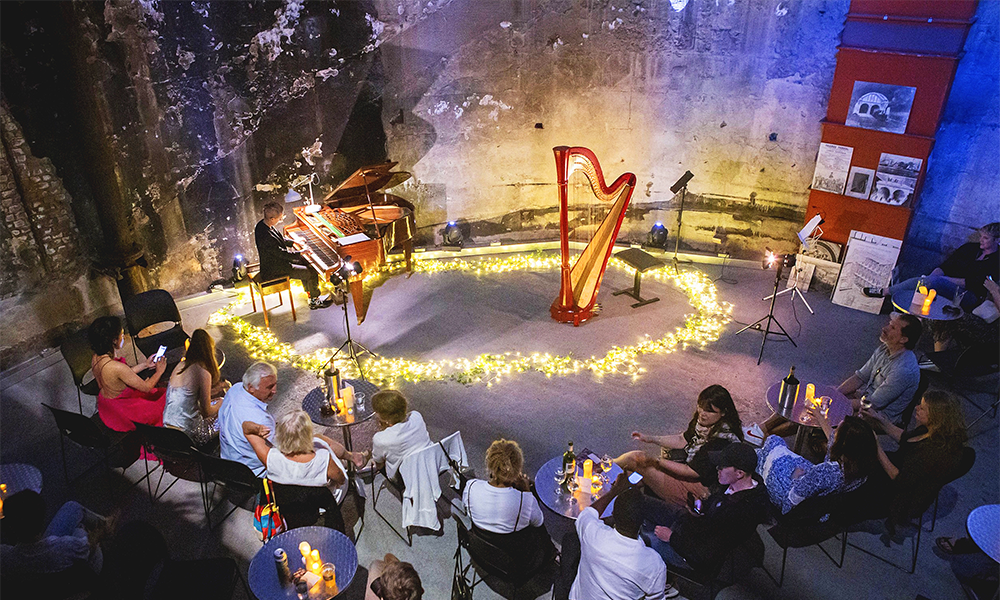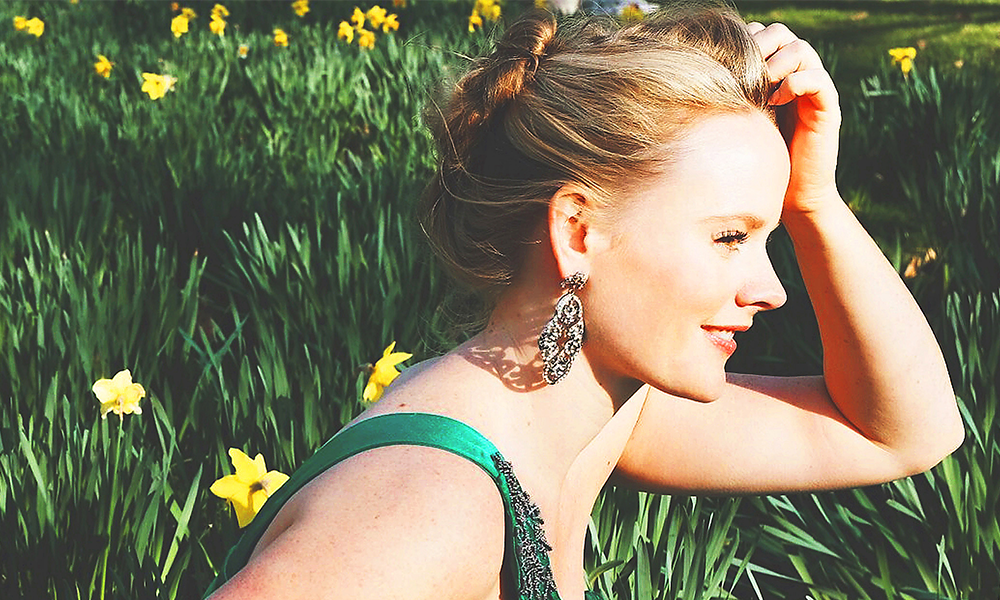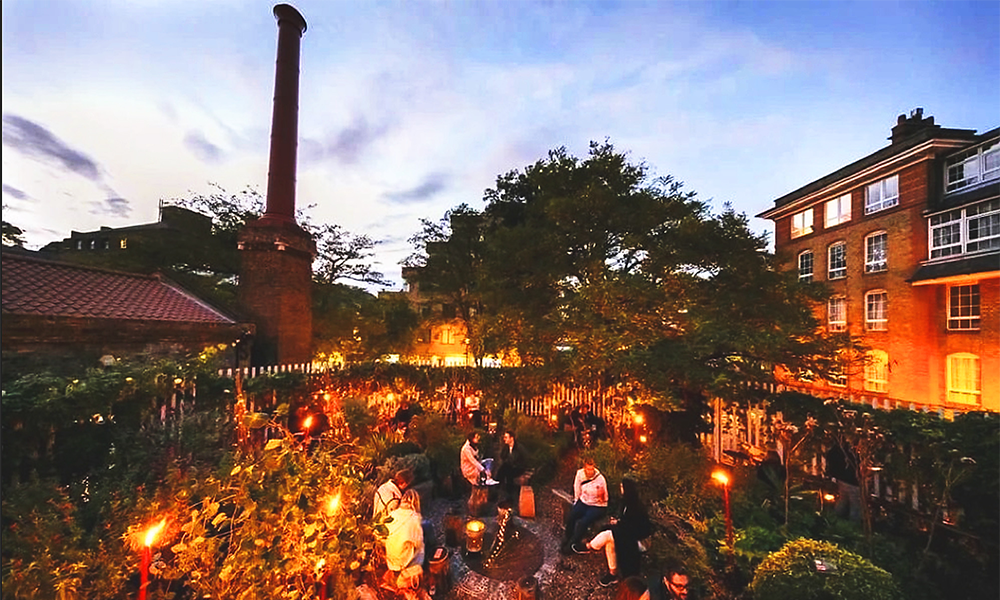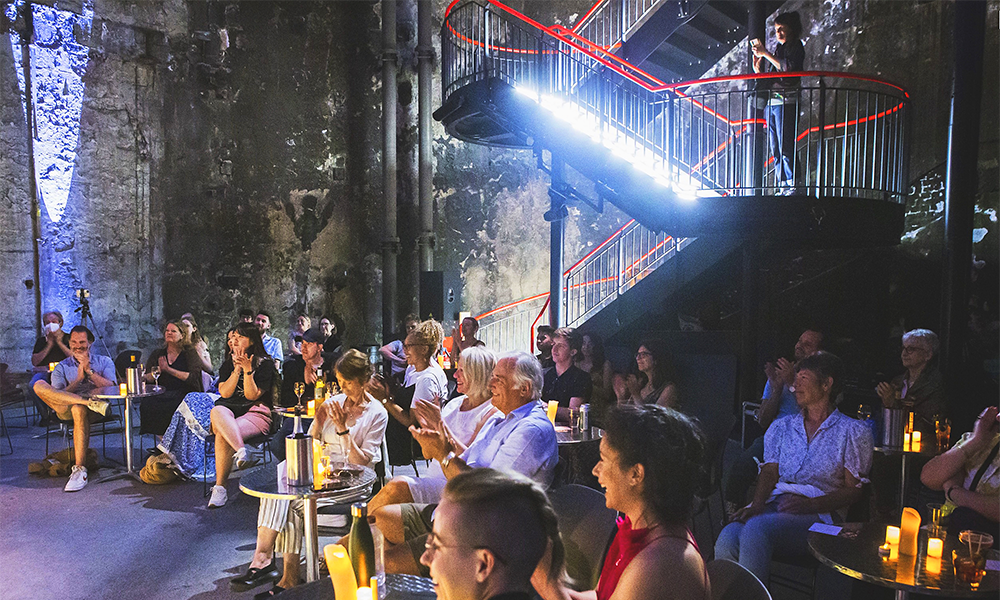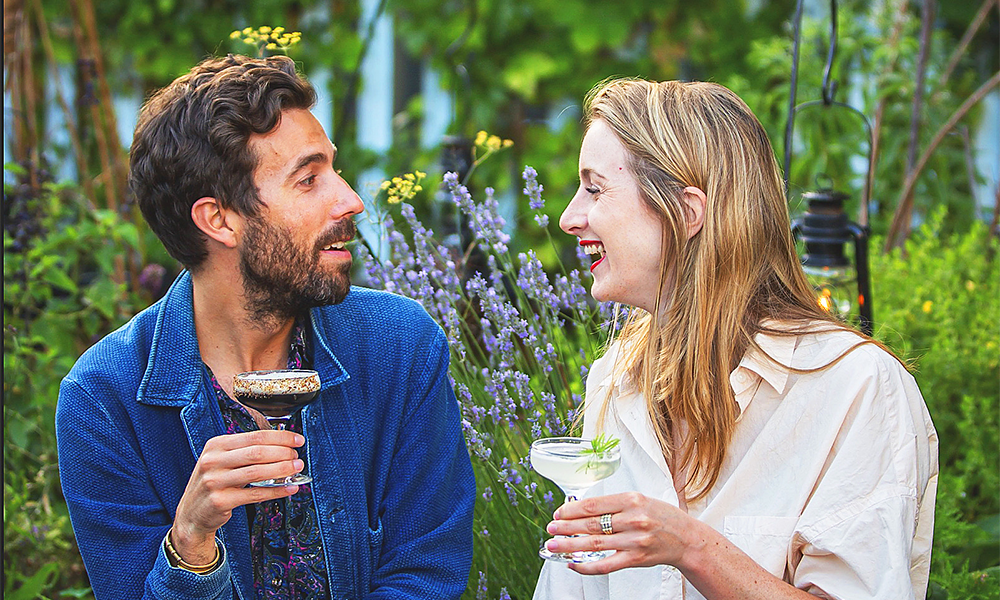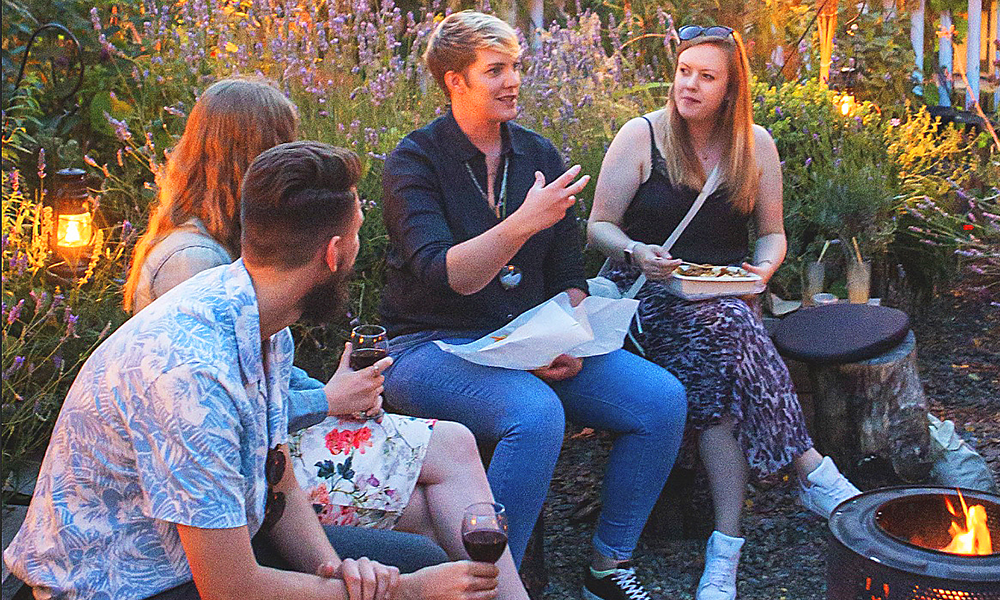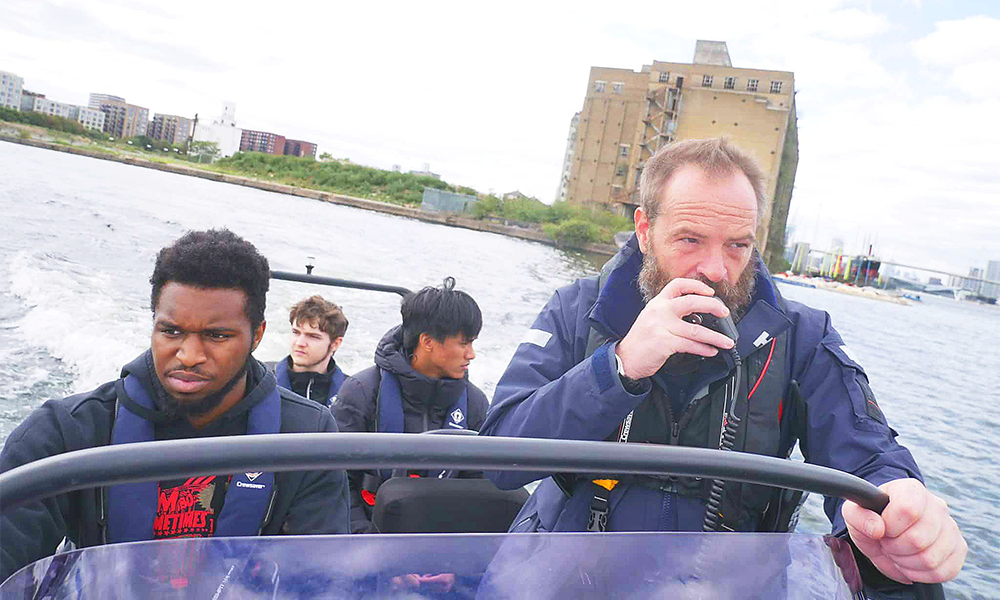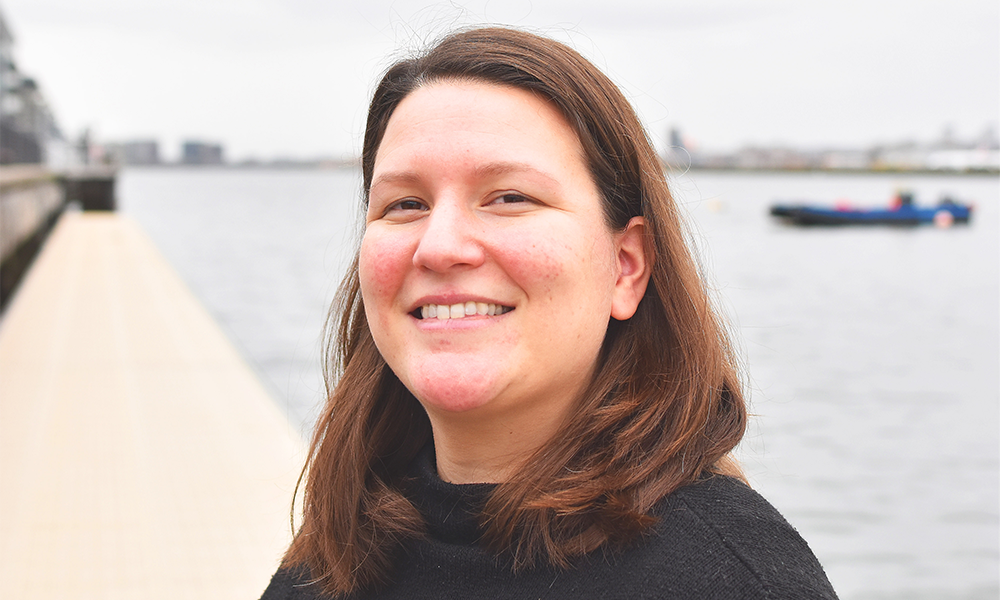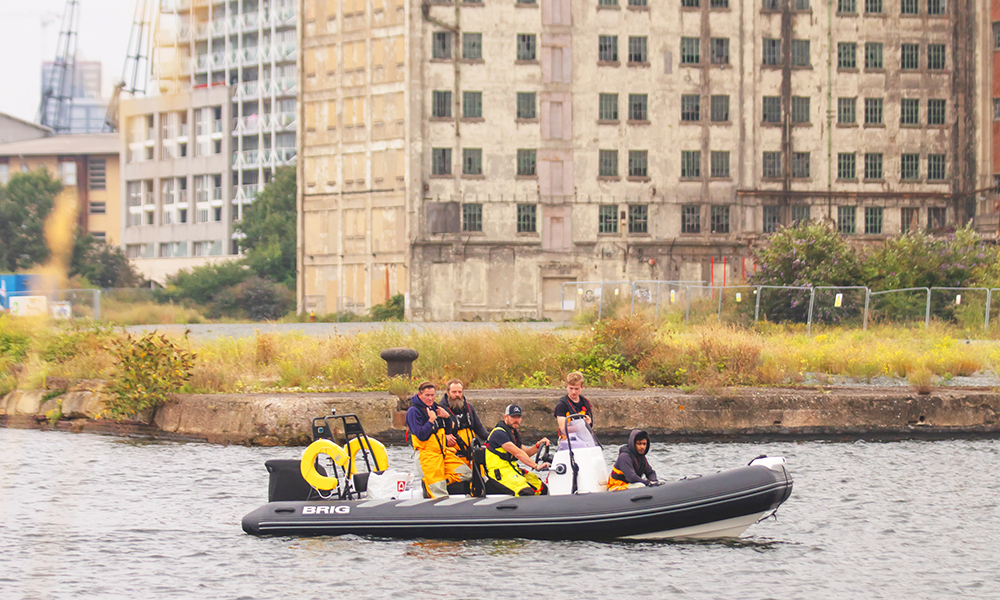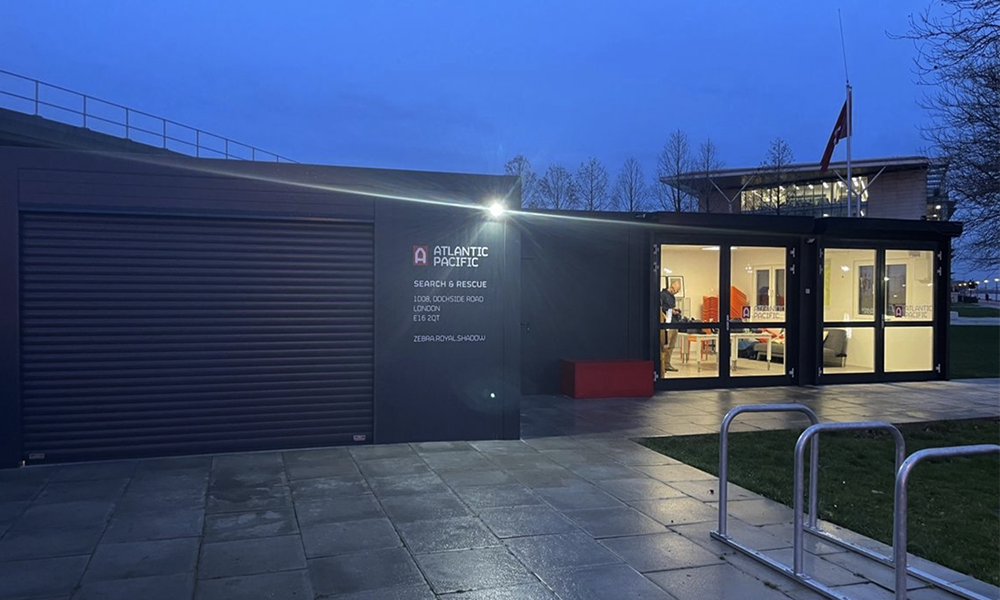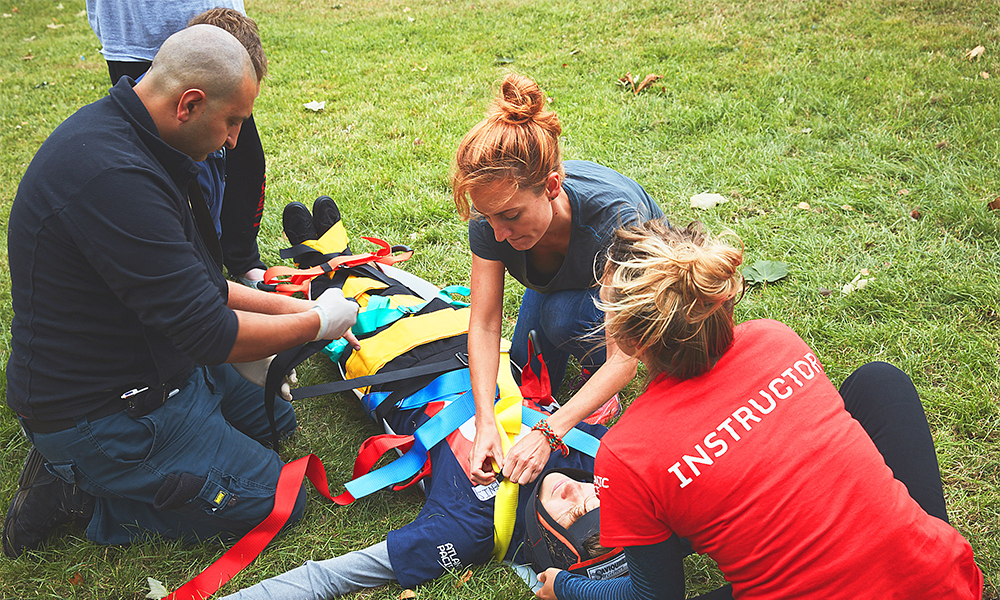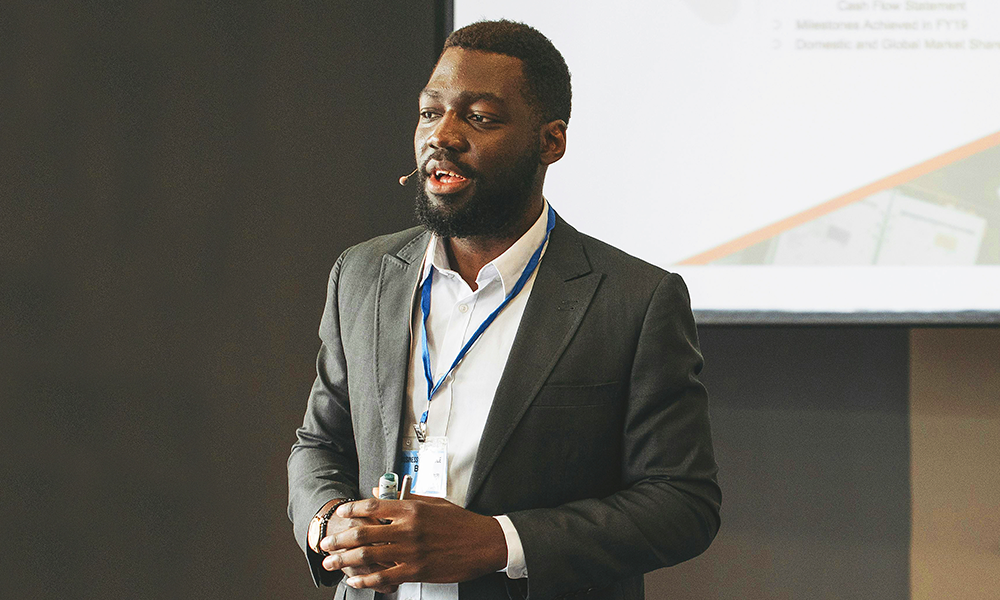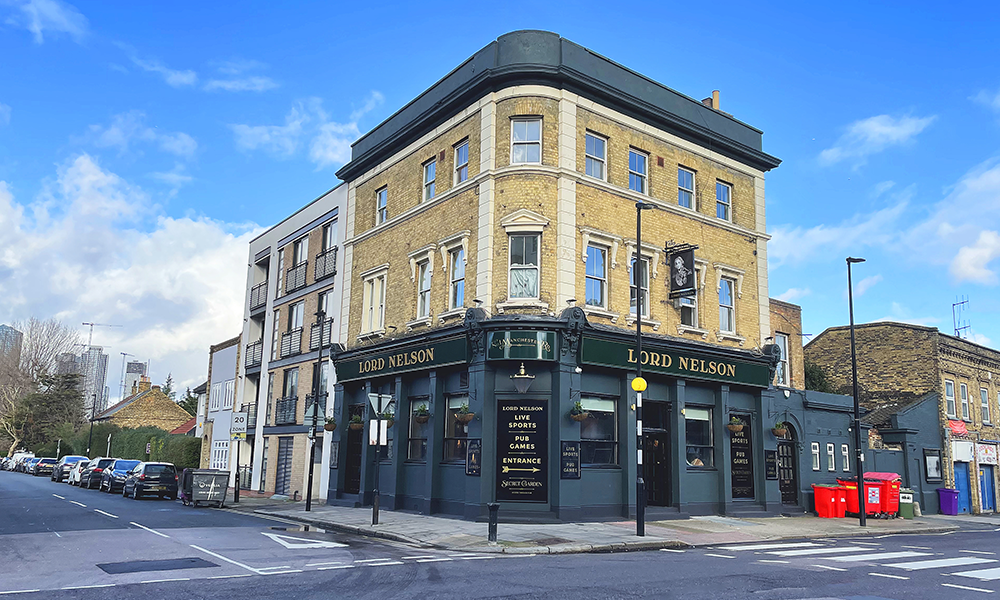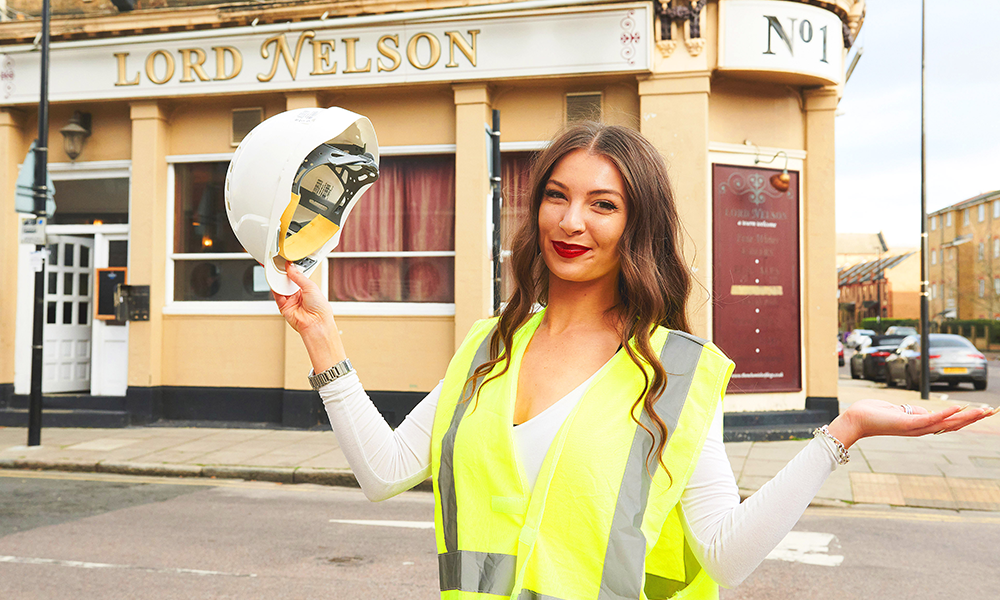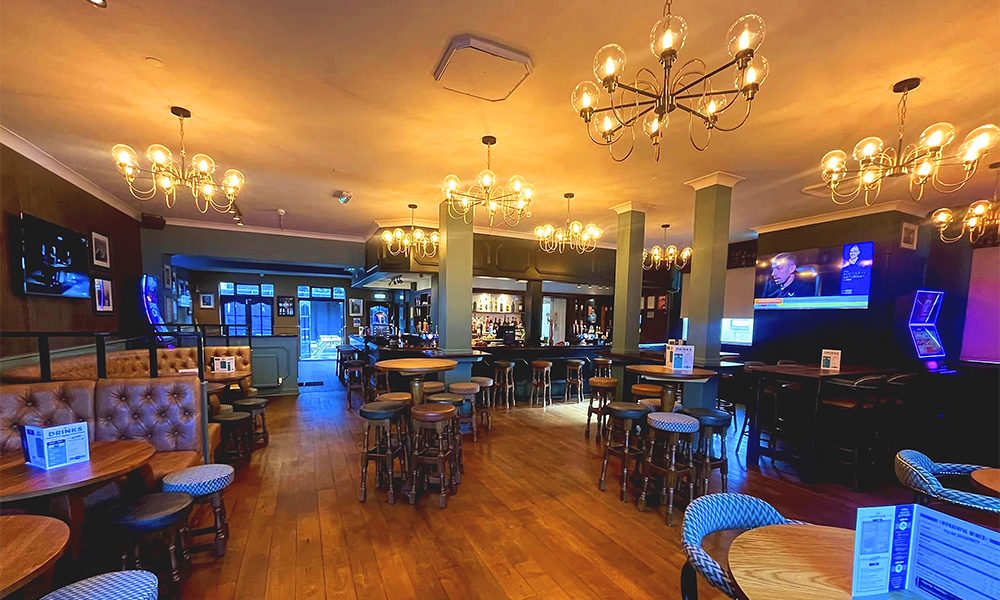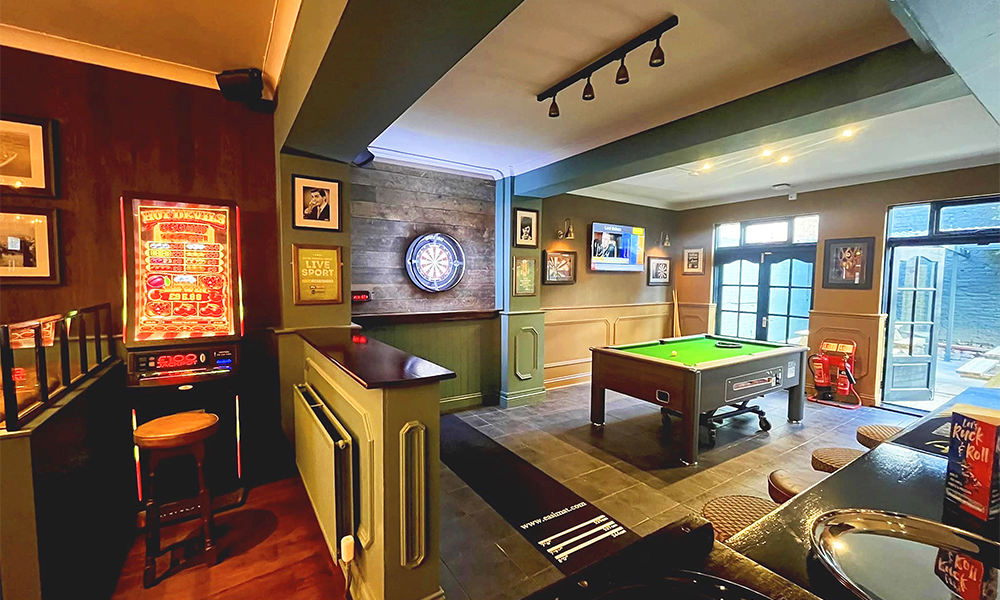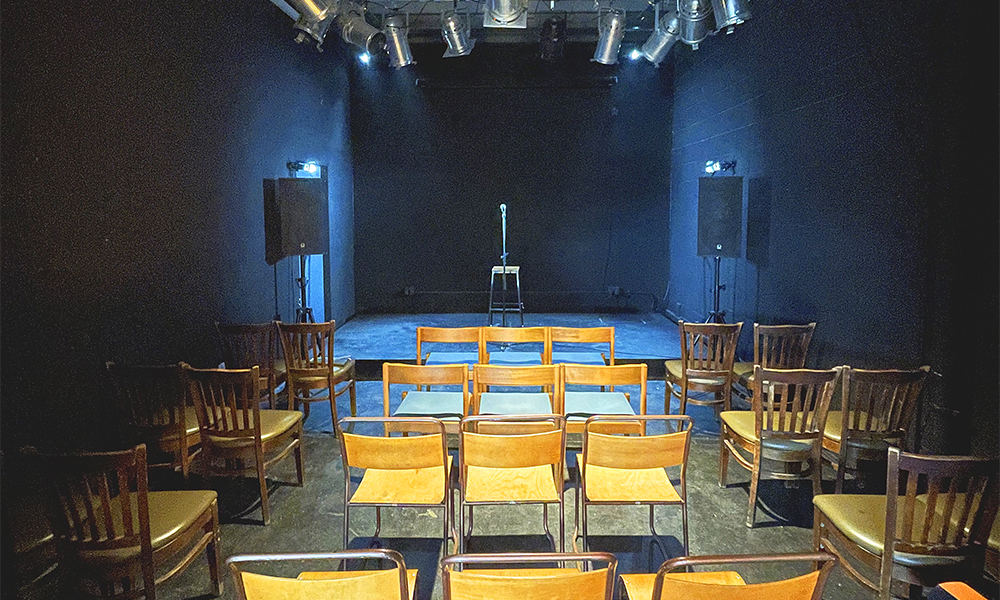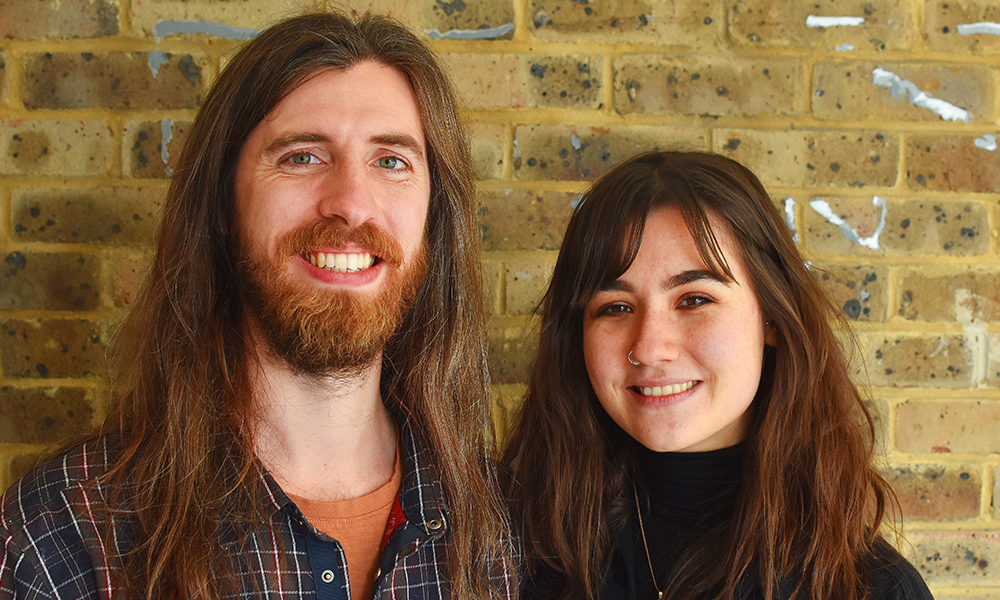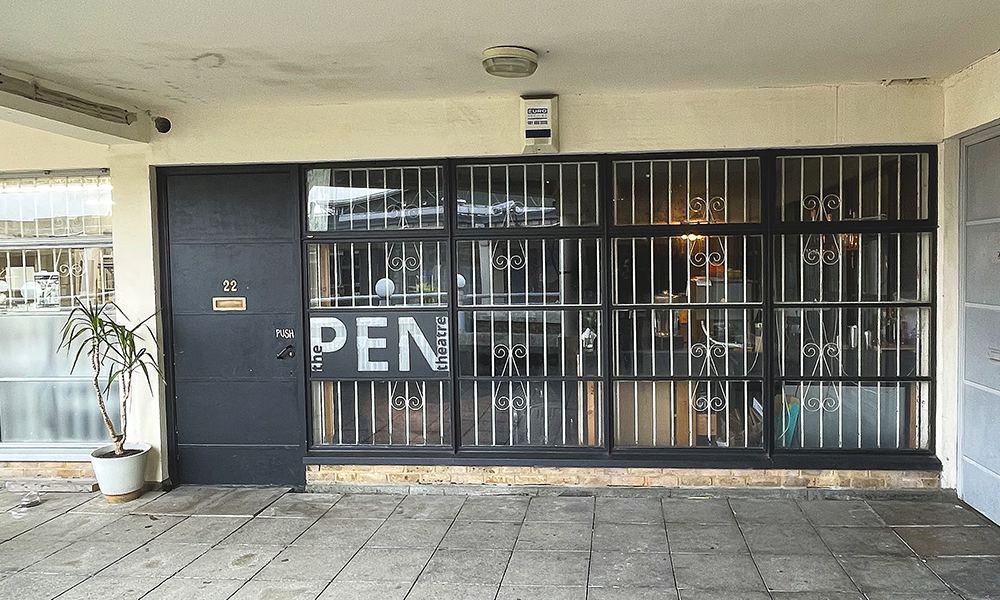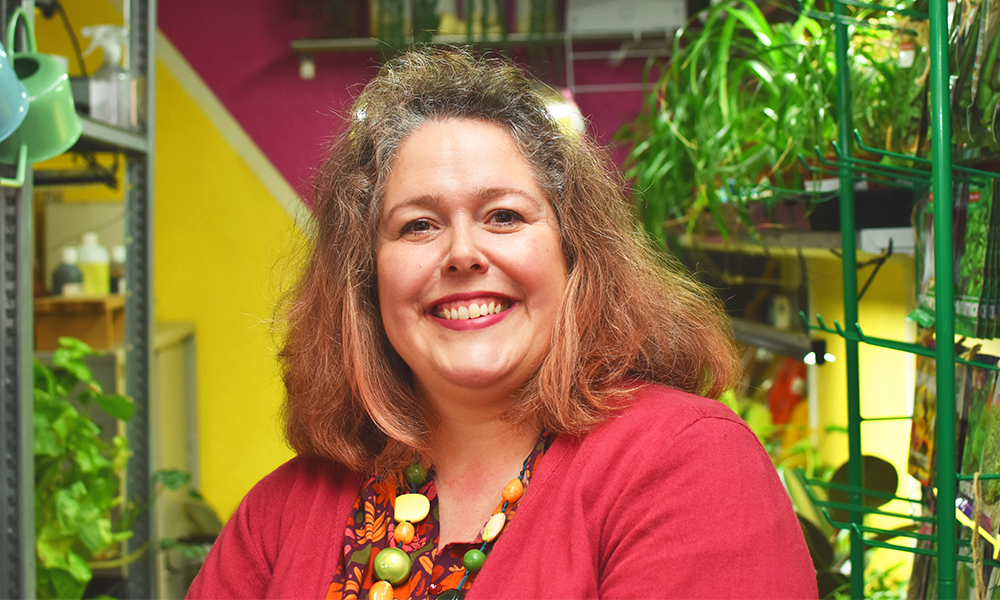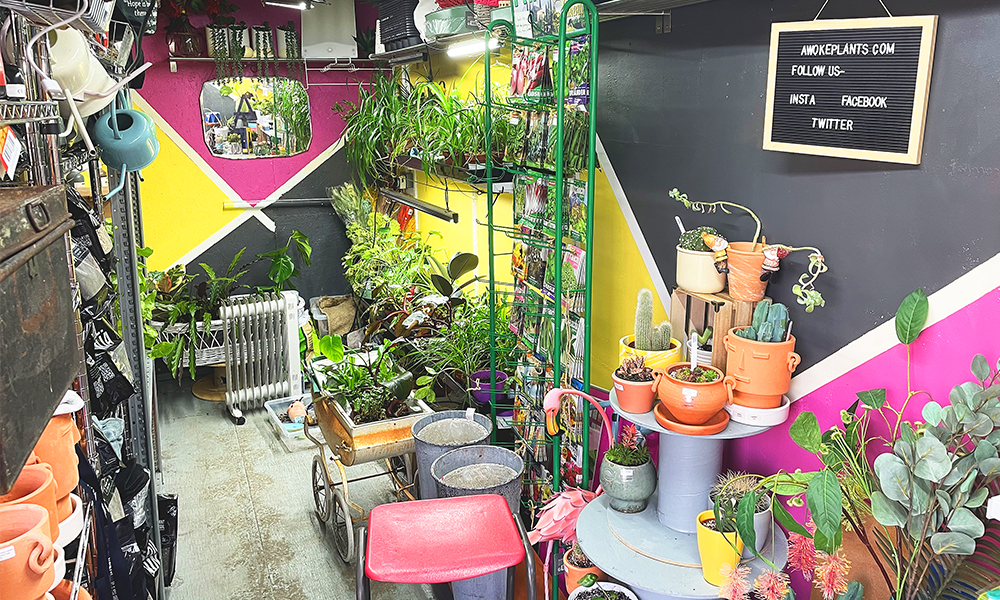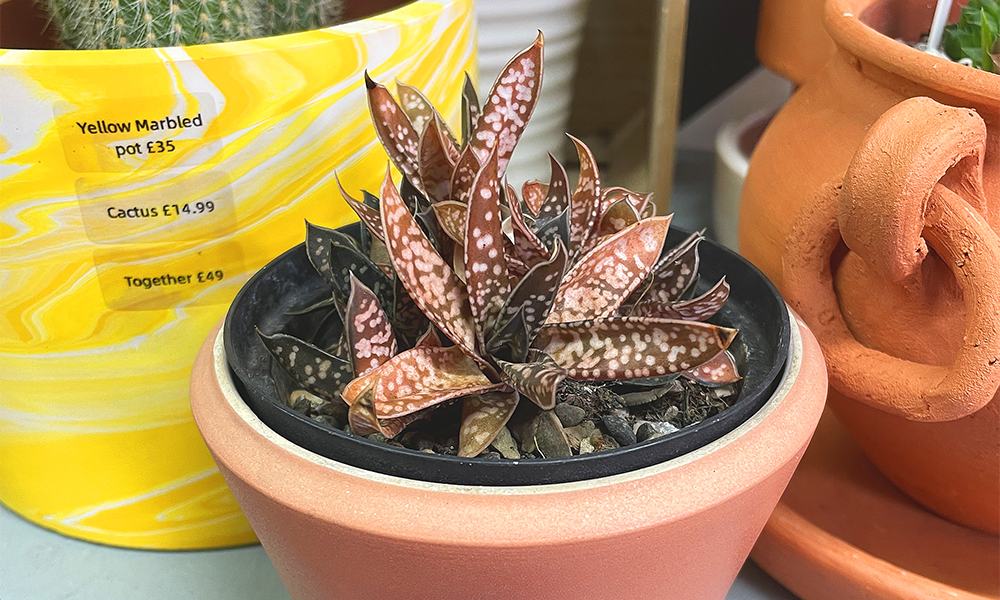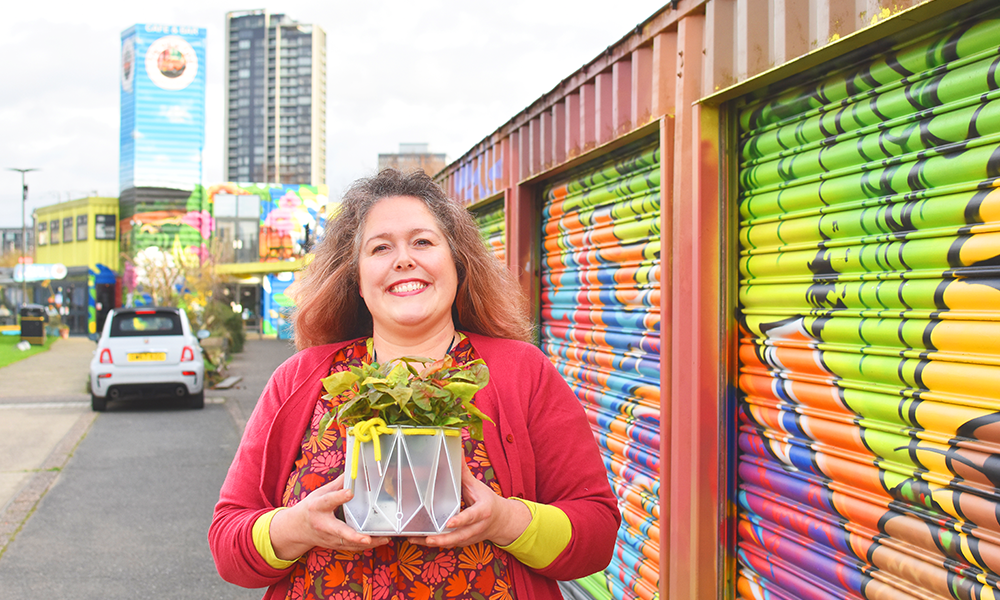Lighting Up The Lea commission plunges visitors into the sounds of the river and the surrounding area
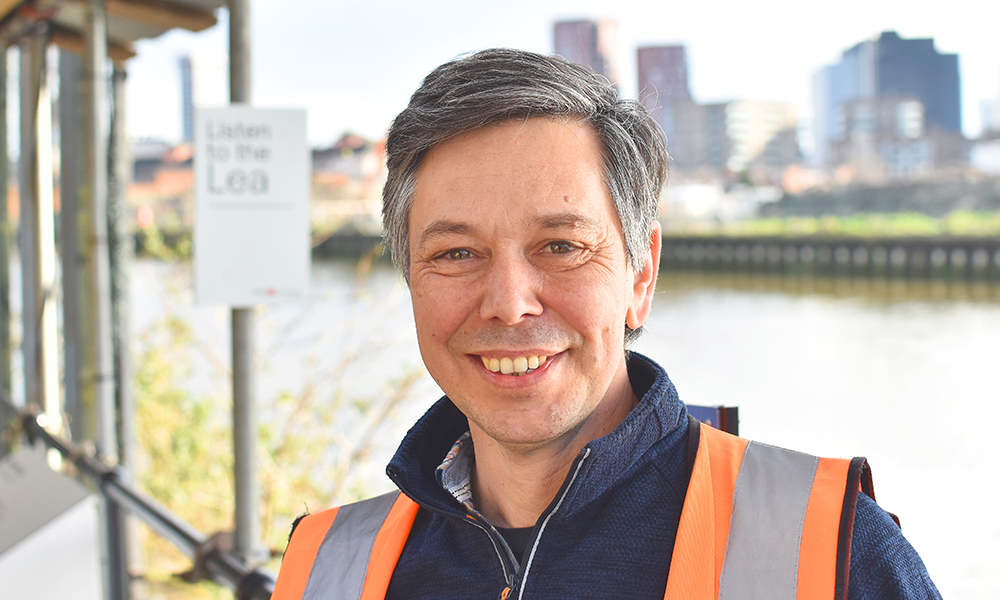
Subscribe to our free Wharf Whispers newsletter here
“Immersive” is one of the most over-used words when it comes to the arts.
But Confluence at Cody Dock has a singular and legitimate claim to it, if desired.
Artist Tom Fisher has created a body of work based on a five-month residency at the community-led regeneration that literally plunges the ears of listeners into the River Lea and its environment.
Working under the name Action Pyramid, the sonic artist and musician was awarded Cody Dock’s Lighting Up The Lea commission – a challenge to respond creatively to its Tidal Lea River Ecology Report.
While some might have expected lights and bulbs to play a part in that response – given the title – with typical freedom of thought, the decision was made to fund a project that would illuminate the river for visitors in a different sense.
Supported by Cockayne Grants For The Arts, The London Community Foundation and the National Lottery Heritage Fund, Confluence itself comes in multiple parts.
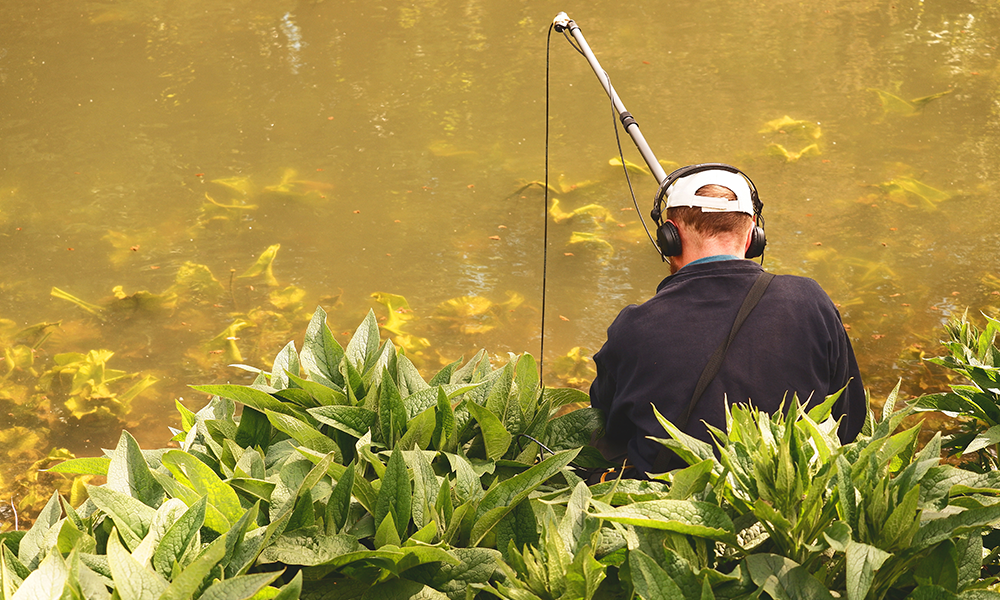
The first is already in place and free for visitors to Cody Dock to experience.
Listen To The Lea allows up to two people to put on headphones at a dedicated spot and listen live to the sounds of the river below via two hydrophones that are permanently submerged in its waters.
The free listening post will be in place until June 12, 2024, with visitors able to listen in person or to tune in online.
“I find it very relaxing,” said Gino Brignoli, biodiversity officer at Cody Dock.
“I can’t stop myself from trying to figure out what it is I’m hearing – perhaps I’m not zen enough – but I really enjoy sitting there and listening.
“I love being next to the water – having the opportunity to see the river, especially at slack tide when the Lea is relatively still.
“I find it fascinating that so much sound is contained within its waters.
“While we don’t necessarily know what we’re listening to through the hydrophones, water is an amazing conductor of sound and there are so many things to hear.
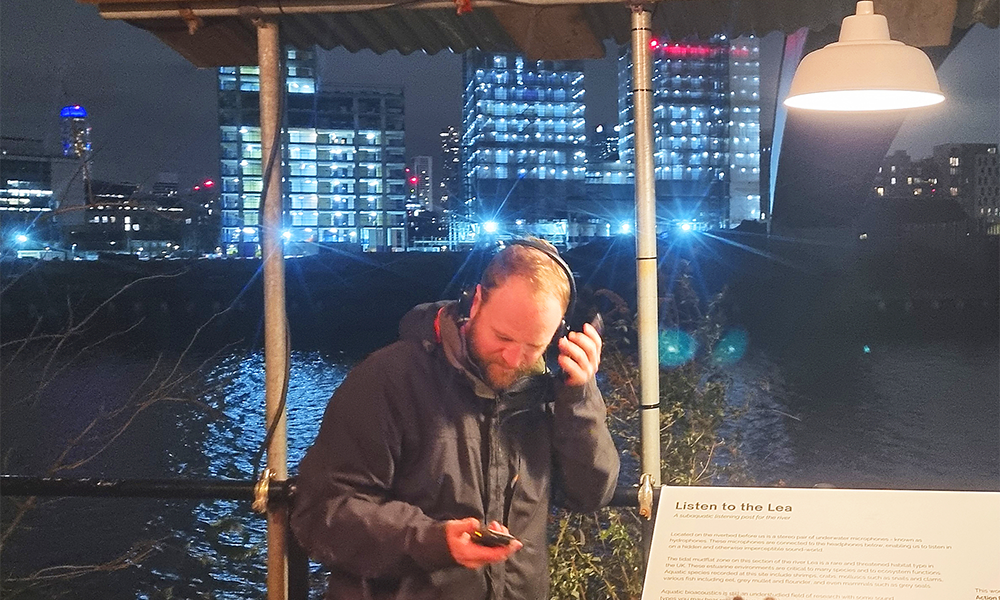
“Everything that lives beneath the surface tends to communicate that way because it’s a murky world and vision is unreliable.
“We can’t be certain, but we think we may have heard fish moving pebbles around and clams letting out air on the bottom.
“Personally, I like that the sounds give you an imaginary world to enter.”
While the Lea is considered to be “bad” environmentally speaking – with Gino and other groups targeting improvements that will at least see it receive a rating of “poor” – the river nevertheless teems with life.
Lighting Up The Lea’s focus is on turning the spotlight on an ecosystem that supports bats, eels, kingfishers and grey seals as well as invaders such as crayfish and mitten crabs.
“It’s about saying: ‘Hey, this is London’s second largest river and very few people know about it – either that it exists at all or that it’s significant’,” said Gino.
“There’s a lot of work to be done to make sure people know about it, so they can visit.
“We’ve had visitors from Eastlea School in West Ham, for example – which is named after the river – and found that even the teachers hadn’t necessarily made that connection, or been aware that the Lea is here in east London.
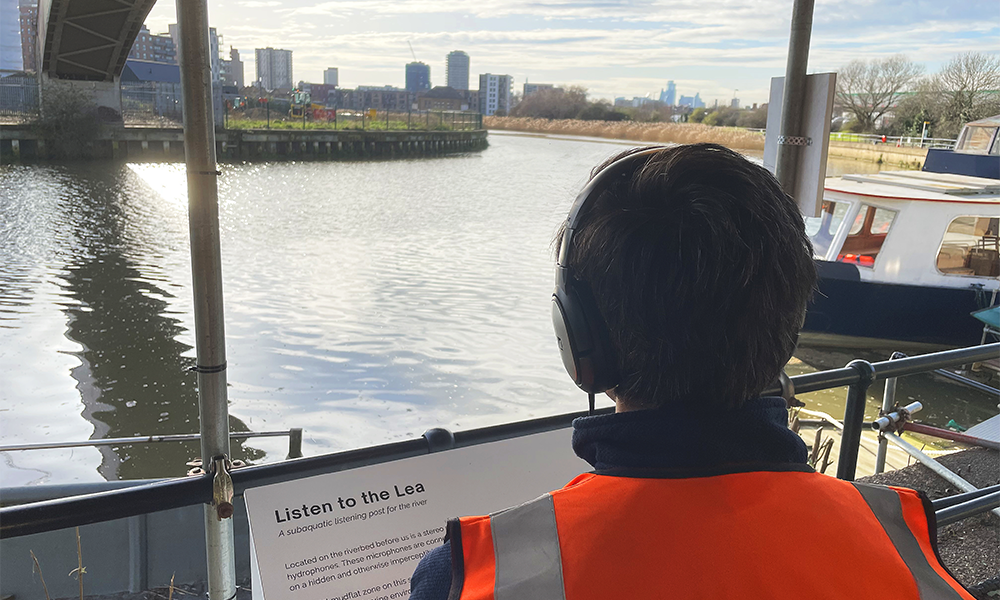
“The exciting thing about working in ecology is that as long as there’s a will, we can actually achieve quite a lot. The younger generation seem to be more engaged – it’s exciting because this is where the change will come from.”
Awareness is ultimately the point of Confluence – an appropriate name for a work created on the tidal Lea where fresh water meets brackish, changing direction twice a day as it rises and falls by four or five metres.
The second part of the work will come in the form of an installation that is set to launch with a live event on April 12, 2024.
Tom’s sonic work – wrought from recordings of the subaquatic world, the movement of the Lea estuary’s mud, passing bats and seasonal birdsong – will then be available to hear daily in a dedicated listening space at The Barn, Cody Dock’s new venue and arts space.
“It has been a real pleasure to begin working on this commission, with the Lea often being a source of inspiration for my work,” said Tom.
“The chance to spend extended time exploring, listening to, and learning about the local tidal ecosystem and surrounding habitat has been really wonderful.
“Something which is often a feature of my practice is using sound as a means to help us reconsider a place.
“The site’s ecology report has been a fascinating starting point.”
Cody Dock CEO, Simon Myers, added: “The lower Lea is rapidly changing and without wider appreciation and awareness of its incredible urban biodiversity we are on track to lose this rich diversity, just as people are rediscovering this under-appreciated corner of London.
“My hope is that this commission will quite literally help shine a light on the Lea while also producing a new piece of immersive art that inspires people’s imagination.”
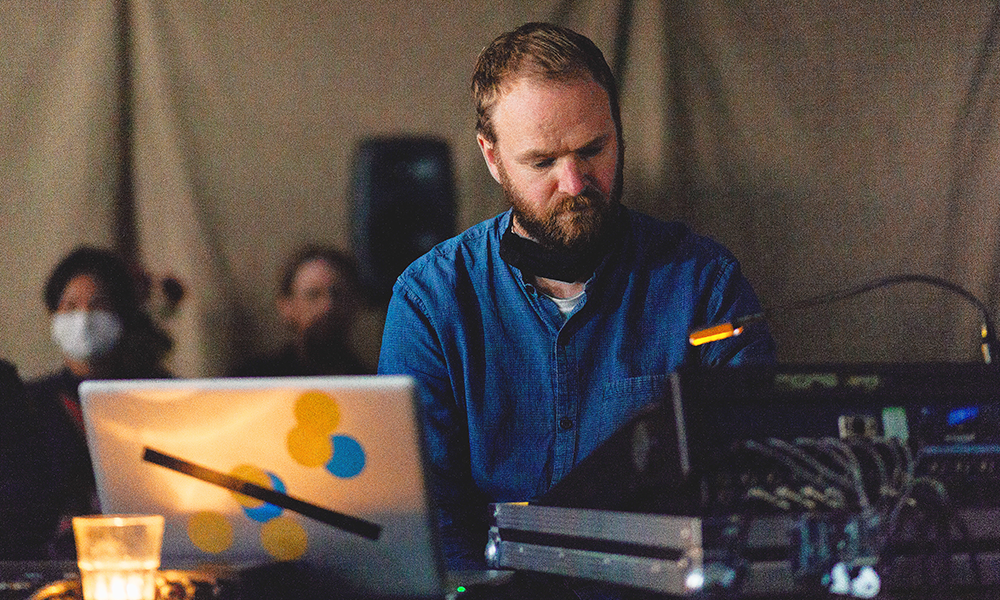
- dive in
The Listen To The Lea part of Confluence is available to experience daily for free on the east bank of the river. It will be in place until June 12, 2024.
Action Pyramid’s installation will be available to listen to for free after April 12.
While Cody Dock is continually open for walkers, its official hours of operation are 9am-5.30pm daily.
The regeneration effort offers people a wealth of opportunities to volunteer, including on projects to restore and re-flood the dock itself, to clean up the Lea and to observe and record the wildlife that can be found locally.
The scheme is home to a wide variety of initiatives aimed at transforming a formerly derelict toxic waste dump on an industrial estate into an area and facility, which can be enjoyed and visited by local residents and those further afield.
In 2022 it featured in Sir David Attenborough’s Saving Our Wild Isles.
Find out more about Cody Dock here
Read more: New events space Broadwick Studio launches on Wood Wharf’s Water Street
Read Wharf Life’s e-edition here
Subscribe to our free Wharf Whispers newsletter here
- Jon Massey is co-founder and editorial director of Wharf Life and writes about a wide range of subjects in Canary Wharf, Docklands and east London - contact via jon.massey@wharf-life.com




